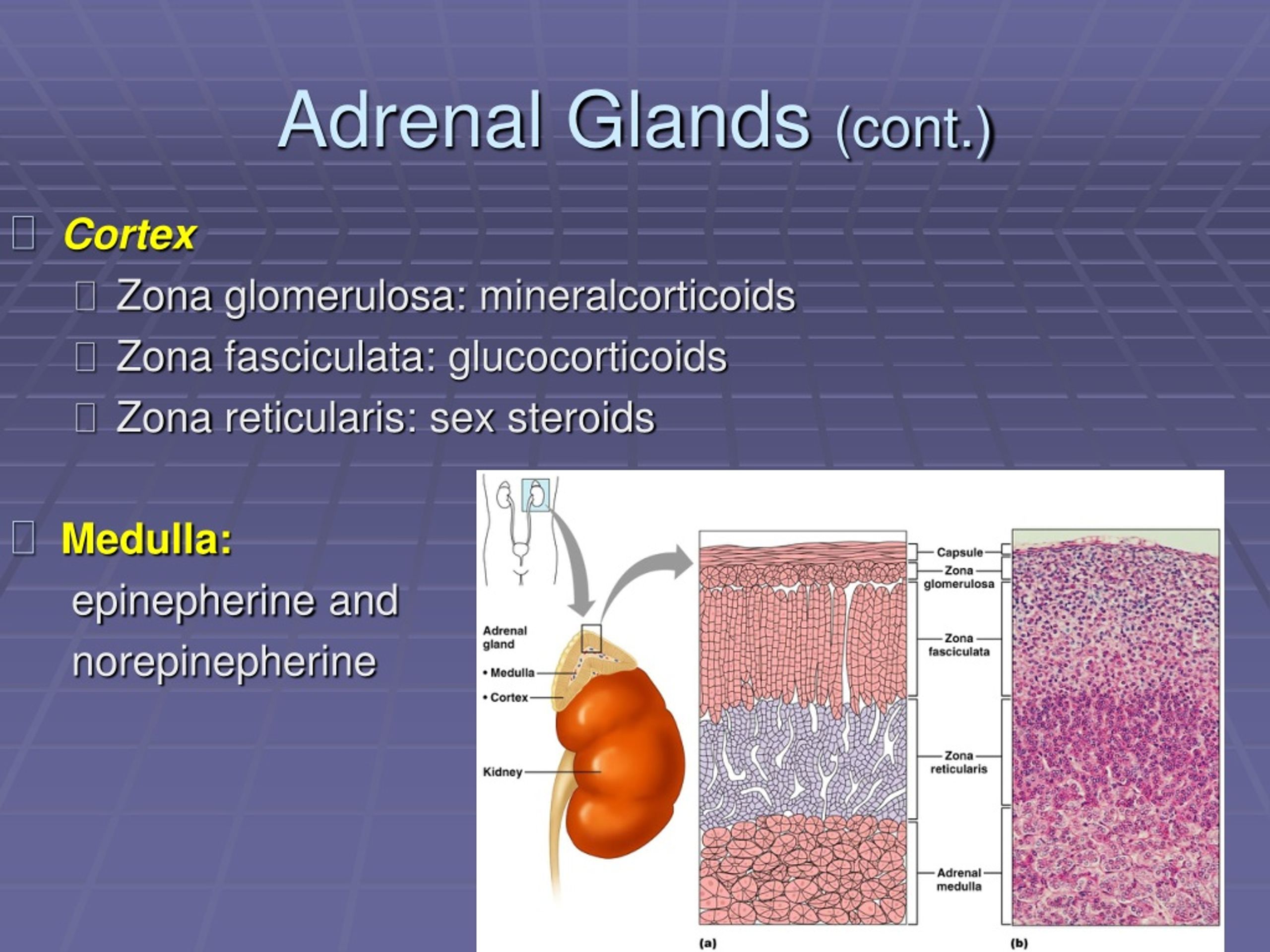



Medication side effectsĬertain medications can cause an increase in cortisol levels. In addition, if the tumor is large enough to pressure nearby organs, you might notice pain or a feeling of fullness in your abdomen.Īdrenal tumors are usually benign and found in approximately 1 in 10 people having an imaging test of the adrenal gland. Both types can secrete high levels of hormones, including cortisol. Adrenal gland tumors can be benign (noncancerous) or malignant (cancerous) and range in size.

Your adrenal glands sit above each kidney.
benign pituitary tumors, including adenomas. hyperpituitarism (overactive pituitary gland). Pituitary conditions that can cause high cortisol levels include: Issues with the pituitary gland can cause it to under or over-produce hormones, including ACTH, which then triggers the adrenal glands to release more cortisol. People sometimes refer to it as the “master gland” because it monitors and helps control many of the body’s functions by releasing hormones. The pituitary gland is located at the base of your brain. This can increase your risk of health issues such as heart disease, lung issues, obesity, anxiety, depression, and more. Long-term exposure to cortisol and other stress hormones can negatively affect almost all of your body’s processes. Once the threat passes, your hormones return to their usual levels, and bodily functions return to typical levels.īut when you’re under constant stress, this response doesn’t always turn off. It’s your body’s way of preparing itself for potentially dangerous or harmful situations.Ĭortisol also helps to limit any functions that aren’t essential in a fight-or-flight situation. The result is an increased heart rate and energy as part of the fight-or-flight response. These signals cause your adrenal glands to release hormones, including adrenaline and cortisol. Stress triggers a combination of signals within the body from both hormones and nerves. There are different reasons why the adrenal gland may release too much cortisol. ACTH then causes the adrenal gland to create and release more cortisol. When cortisol levels are low, the hypothalamus releases the corticotrophin-releasing hormone (CRH), which triggers the anterior pituitary gland to release the adrenocorticotropic hormone (ACTH). When it comes to cortisol, this is known as the hypothalamic-pituitary-adrenal axis. The brain’s hypothalamus interacts with various glands in our body to regulate the levels of hormones.








 0 kommentar(er)
0 kommentar(er)
